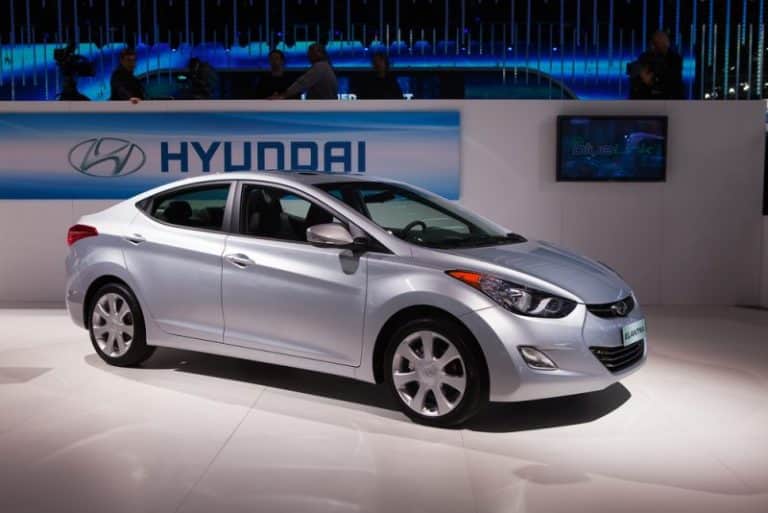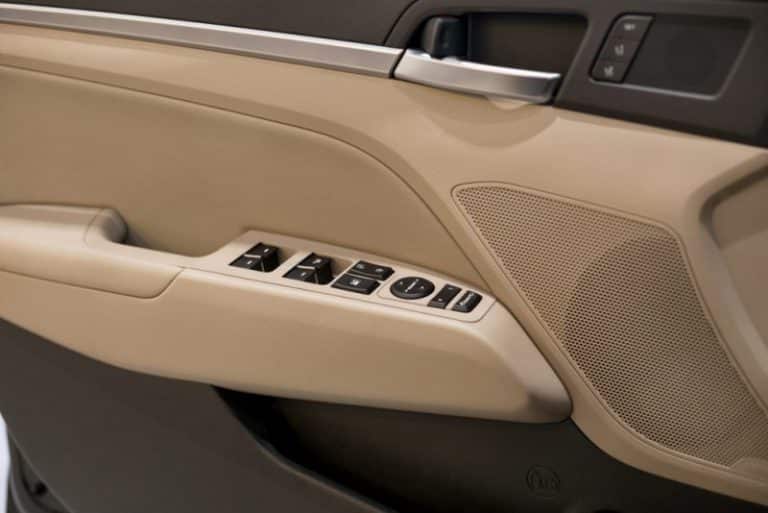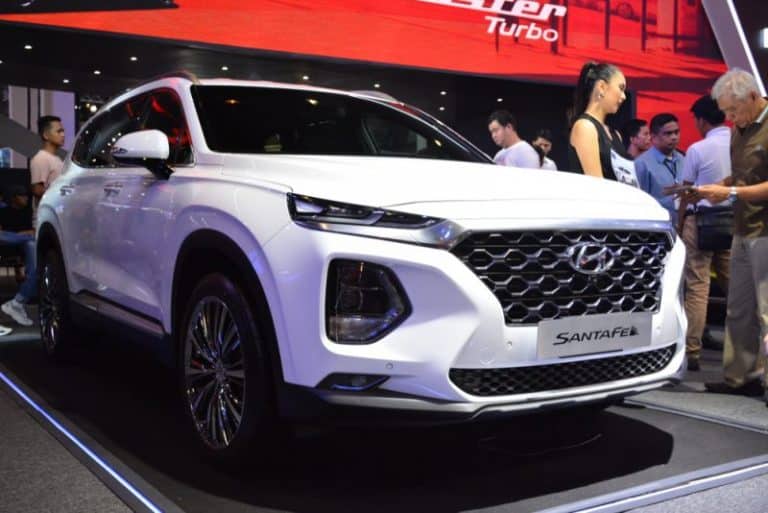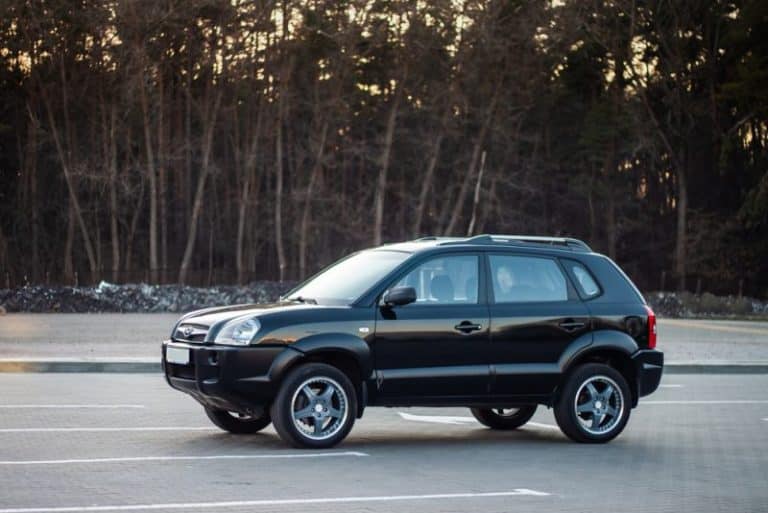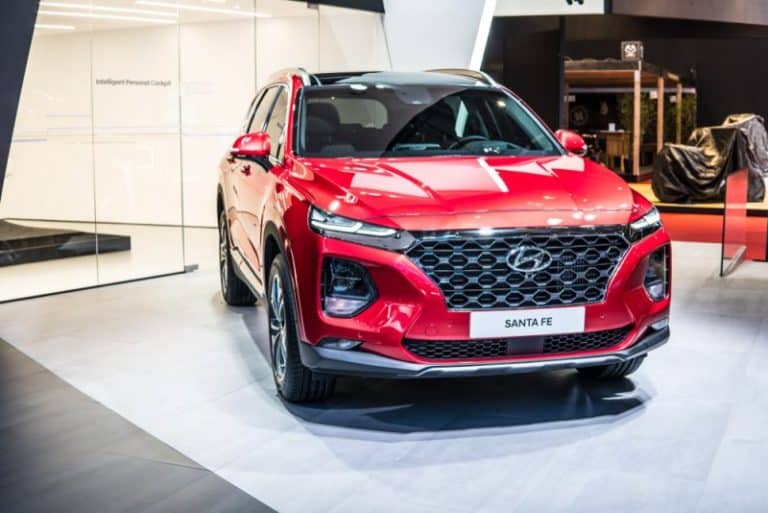Does Hyundai Kona Have Lane Assist? (Must Read)
It’s undeniable that there’s an element of danger on the road. With so many factors in the mix, a car can easily swerve off its lane and cause an unfortunate event.
The Lane Keep Assist system’s purpose is solely to keep cars from going off their lane. Below, you’ll learn about this system and how it operates.
The Lane Assist system is one of the many features of the Hyundai Kona. The car uses a camera on the windshield to identify the road’s lane markings. The feature alerts you if you’re heading off your lane. It maintains the vehicle’s position inside its lane and ensures it doesn’t collide with another car outside your lane.
What Is Hyundai Lane Keep Assist?
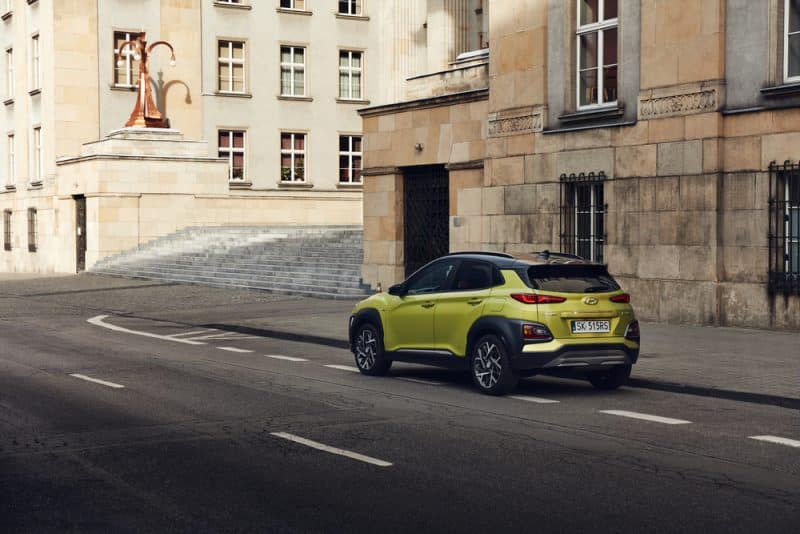
The Hyundai Lane Keep Assist is a driver supporting system that works to keep a car safely in its lane.
This technology aims to prevent collisions resulting from a vehicle wandering off its lane.
This technology utilizes a sophisticated sensor in the car’s windshield to probe the road. It continuously observes the lane markings on either side of the vehicle.
An activated Lane Keep Assist has an audible and visual Lane Departure Warning to alert the driver whenever the car veers off its lane.
You might even experience vibrations in the steering wheel.
Also, the steering wheel will have some pressure as the car is trying to correct its path. The technology deactivates if the turn indicators are on to ensure no pointless alerts.
What The Lane Keep Assist Isn’t
Lane Keep Assist is not the same technology as lane centering. In general, lane centering is a more sophisticated system that uses a combination of cameras, sensors, and radars.
These devices work together to map out the road and presciently steer the car in the middle of the lane. Most of these systems operate between stop-ups to freeway speeds.
What complicates matters is that companies brand the Lane Centering technology under the umbrella of Lane Keeping Assist.
Early Hyundai cars could keep you in the middle of the lane above 40 MPH.
Affiliated automakers officials still won’t call it lane centering. These systems should be called what they are and by what they do.
The lane departure warning, steering/braking support, and the lane centering between the stop and highway speeds.
The Hyundai Rear-cross-traffic-collision-avoidance-assist system is also different. It identifies oncoming vehicles when the car is reversing.
It uses sensors installed at the vehicle’s rear, which helps to prevent rear-ends.
Trying Out the Lane Keep Assist.
To ensure what kind of system you’re getting, ensure you test drive the vehicle before buying. Hyundai shopper assurance is the ideal way of getting a car.
Whenever you see the term Lane Keep Assist for a car, you can search for the owner’s manual on the internet. Most times, the car manuals point out what the driver-support systems can do.
Ensure that you test drive the car even when the manual confirms that it’s Lane Keep Assist. The system can still be Lane Centering or Lane Departure Warning and not what is in the manual.
Some Lane Keep Assist systems are excessively aggressive in jolting the vehicle to keep it centered. Their constant alerting signals can be quite intrusive and very distracting.
Some might be too slow and not correct the steering as quickly as possible.
How Does Hyundai Lane Assist Work?
Hyundai Lane Assist operates using a camera installed on the windscreen behind the rear-view mirror. This camera’s design spots the line markings on the road.
When the camera detects the lines, it calculates the car’s position within these lines. The system warns the driver of any time the vehicle starts moving away from its lane.
These warnings can come in the form of the vibration of the steering wheel or the driver’s seat.
The dashboard can also have visual signals or sounds to pull the driver’s attention to impending danger. The warnings will stop if the driver steers the vehicle into the right path.
Sometimes, the driver can fall asleep, and the car starts going astray.
If this happens, the lane-departure assist adjusts the steering or brakes a side of the car to realign its path. Plenty of such systems uses two levels of support.
One is a mild nudge to prompt you to remain in your lane. The second is an alternative model that gives stronger correction if it senses incoming danger.
Navigation of the Hyundai Lane Keep Assist
Get into the car and put on the ignition. The left area of the dashboard has the Lane Keep Assist button engagement feature.
The button should resemble a car’s silhouette with arrows surrounding it. Press the button to put on the Lane Keep Assist.
There are two operational modes of the Lane Keep Assist, which you can access using the instrument cluster’s display.
To access the first mode, press the menu button to arrive at the user settings screen.
Select Driver’s assistance, then lane safety. Select Setup > Vehicle > Driver Assistance > Lane Safety on cars that have touch screen navigation. Select the Assist option.
Assist is the first operational mode. When you select it, a white light appears on the instrument panel.
This light indicates that the system is ready but not active. The system activates when you’re moving above 40 MPH and identifies lane markings.
This identification turns the indicator light to green.
Some models can let you watch the lane and keep assist in action on the instrument cluster’s display. To do this, press the LCD control button.
It will show an image of the vehicle moving inside lane markers. The assist mode helps maintain the car in its lane.
The steering wheel will have a little pressure if you’re moving into another lane. You can overpower the pressure since it wants to prevent the car from straying.
The warning is the second operational mode. This mode doesn’t assist; it alerts you if the car is straying from its lane.
To access this mode, press the Menu button to arrive at the user settings screen.
Select Driver’s assistance, then lane safety. Select Setup > Vehicle > Driver Assistance > Lane Safety. Select the Warning option.
You can adjust the volume of the alerts on the Driver Assistance screen. You’ll select Warning Volume, and three options will appear; High, Medium, and Low.
Select as you please.
What Weather Conditions Will Lane Assist Work?
Some weather conditions are not favorable for the Lane Keep Assist. As a result, it’s unlikely for cars’ camera and sensor systems to work perfectly.
Unfavorable weather may interrupt or prevent the sensors and cameras from doing their jobs.
For example, heavy snowfall can cover the lines on the road with ice sheets; this will prevent the sensors from reading the lines.
Even road conditions like asphalt fissures and potholes may cause false readings by the sensors.
Likewise, Lane Assist will be incapable of identifying lines on aged roads or roads with faded line markers.
The Lane Keep Assist works well in dry and warm weather conditions.
How To Turn Off Lane Assist Hyundai Kona?

You can turn off the Lane Keep Assist by accessing the system using the instrument cluster’s display.
- On the right side of your steering wheel, press the Menu button to get to the user settings screen.
- Select Driver Assistance, then lane safety. Select Setup > Vehicle > Driver assistance > Lane safety on cars that have touch screen navigation.
- Three options are under lane safety, select Off to deactivate the Lane Keeping Assist System and Lane Departure warning system.
Hyundai Kona – Lane Keep Assist
Conclusion
The Lane Keep Assist uses sensors and cameras to map the road by identifying lane markers. It monitors the car’s movement, alerting you if it veers off its lane.
The Lane Keep might not work if there’s any unfavorable weather covering line markers. Bad roads can also give bad readings or no readings at all.
The Lane Keep Assist is a good innovation; however, it shouldn’t replace the driver.
Instead, you should be aware of the system’s abilities and limits because safety is in your hands and not the car’s.

